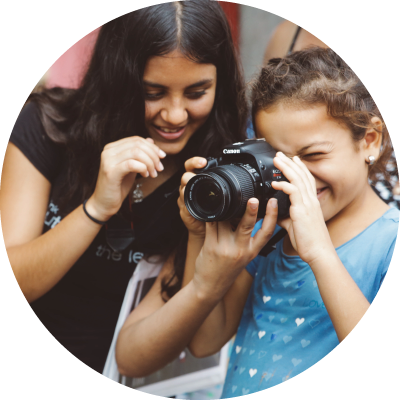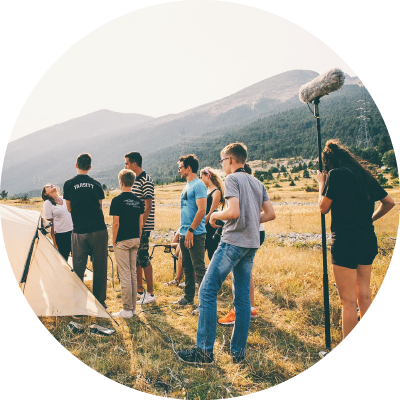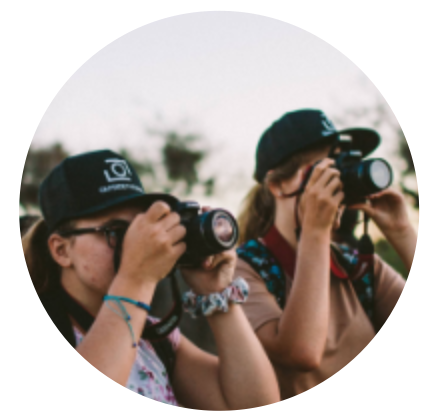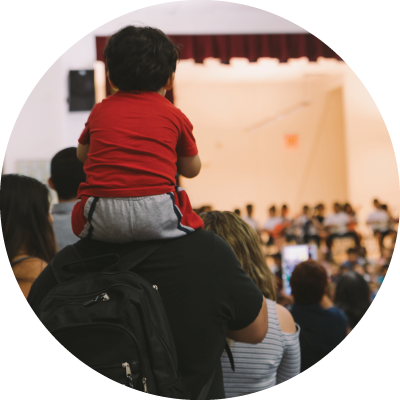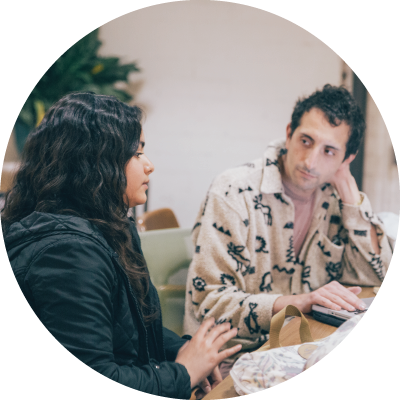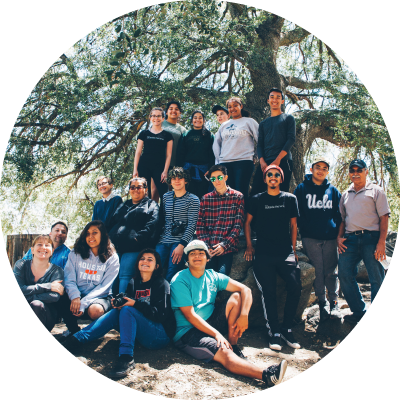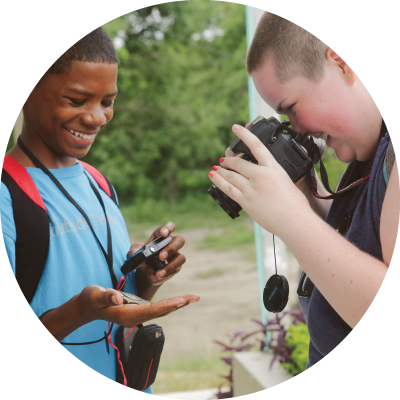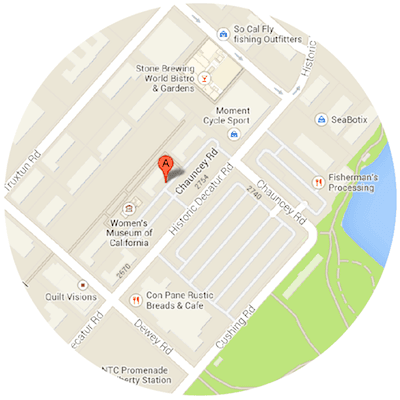Exposure 101
Exposure is the amount of light that enters through the camera lens. Too much light in a photo, or an overexposed image, causes the image to appear washed out or too bright. Detail is lost, highlights are blown out, and color disappears. As for images with too little light, or an underexposed image, the image appears too dark. Although the detail in underexposed images can be recovered more easily than overexposed images, it requires a lengthy post-production process in applications like Adobe Photoshop or Adobe Lightroom.
Photography is learning to work with the light in your environment. Whether you’re attempting to capture fireworks over the gorgeous San Diego bay or photograph your dog running carefree through the park, it is essential to understand your basic camera settings involving Shutter Speed, Aperture, and ISO.
THE THREE PILLARS OF EXPOSURE
Shutter Speed is an exposure tool that is used to freeze or emphasize motion. It refers to the length of time that light is exposed to the camera sensor.
A faster shutter speed captures an instant moment, which is great for photographers who want to illustrate a single moment in motion. Many sports photographers use a fast shutter speed in order to capture athletes in an instant. A fast shutter speed tends to be a smaller fraction like 1/1000. This means the camera is taking an image at a ratio of 1 out of 1000 seconds.
A slower shutter speed, on the other hand, demonstrates more time in a moment, which allows for movement in an image. Photographers who capture “light writing” photography use a slower shutter speed in order to show an entire word spelled out with light. A slow shutter speed tends to be a higher fraction like ⅛. This means the camera is taking an image at a ratio of 1 out of 8 seconds.
Aperture is an additional exposure tool that illustrates depth of field. The tool refers to the size of the opening in the lens when an image is taken. Aperture is specified in terms of a F-stop value. When you see a lens turned to “F 1.2,” it means that the sensor can open up to 1.2, creating a bokeh effect and allowing more light to enter. When you turn the aperture to a higher number, like “F 64,” the image becomes more crisp and lets less light enter.
Portrait photographers tend to use lower apertures in order to capture bokeh-infused, ethereal images of people. On the other hand, landscape photographers tend to use higher aperture modes in order to capture their surroundings in a very crisp, detailed way.
As you adjust the aperture, the depth of field changes, affecting how much of the shot is in focus. Look at the difference in these example images for depth of field. The lower the number, the less amount of space is captured in the image. The higher the number, the more amount of space is captured.
ƒ/1.4 ƒ/8
ISO is another tool that gathers your camera’s level of light sensitivity. The lower the ISO number is, the less sensitive it is to light. This means you can take images in an extremely bright, sunny environment. A higher ISO number will make the image more sensitive to light. Using a high ISO is useful to capture images in low-light environments without having to use the flash. Exercise this cautiously, using high ISO will add grain or “noise” to the picture.
ISO100 (Taken on a sunny day) ISO 3200 (Taken on a cloudy day)
By practicing these three components of photography, you will gain a better understanding of how they relate to each other. You will quickly notice that if you change one component in your camera settings, the others will need to be adjusted accordingly.
The most important thing to do is to go out, try it on your own, and have fun!

